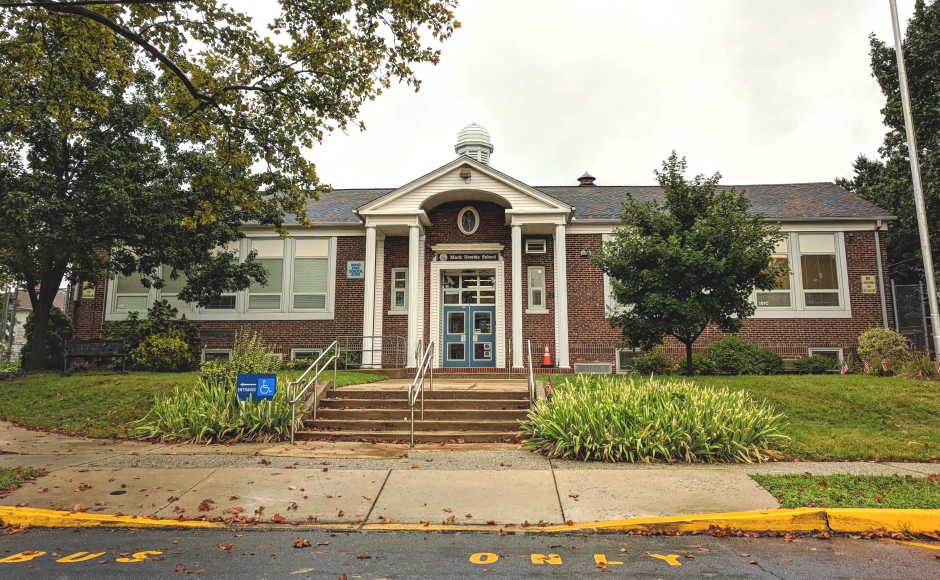 File photo: Mark Newbie Elementary School. Credit: Matt Skoufalos.
File photo: Mark Newbie Elementary School. Credit: Matt Skoufalos. File photo: Mark Newbie Elementary School. Credit: Matt Skoufalos.
File photo: Mark Newbie Elementary School. Credit: Matt Skoufalos.Related posts

Collingswood Schools, Teachers, Say They Want to Settle Contract, But Talks Drag on
Collingswood Public Schools has been in mediated contract talks with its teachers union since last August. Both sides of the negotiating table say they want to settle, but they haven't come to terms on a handful of key issues. We review them here. Sign in or subscribe to continue reading...
June 3, 2025
Collingswood Schools Ask Borough to Help Plug $1.8M Structural Deficit
Hampered by the statutory 2-percent budget cap and flat state aid, the district says it will be unable to address increased costs without outside help. Borough officials say they are eager to partner on the issue, but also want to weigh in on the board’s budget construction and resolve contract negotiations with its teachers union.
February 12, 2025